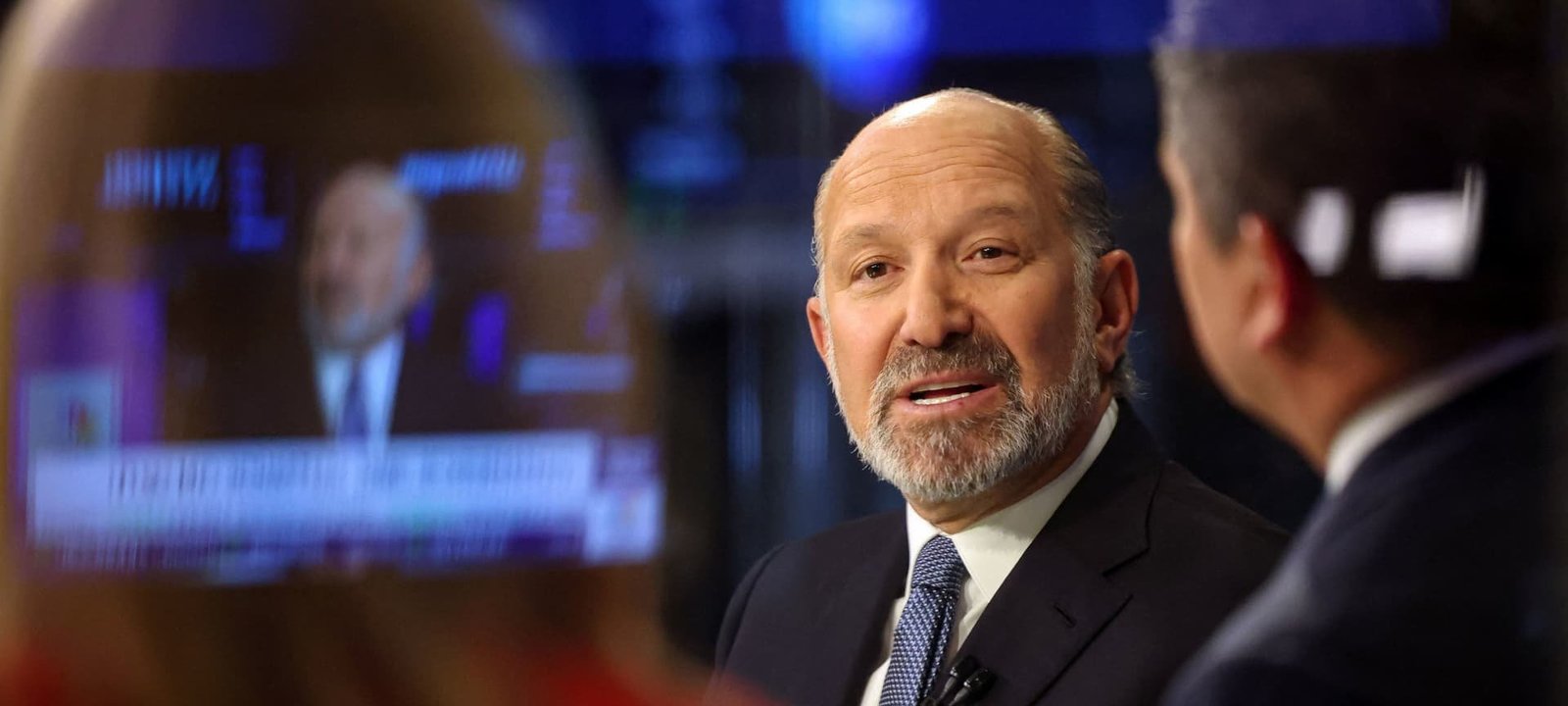Tariff terms underpin the package
The investment pledge emerged from a broader tariff agreement announced by President Donald Trump. The accord sets a 15 percent baseline tariff on Japanese goods entering the United States, along with additional sector-specific levies. Officials in Washington contend that the lower standard rate, when compared with earlier proposals, offers relief to Japanese exporters in exchange for the multibillion-dollar funding commitment.
Lutnick argued that Japanese consumers should benefit from reduced duties, while taxpayers ultimately avoid long-term costs if the projects deliver the expected returns. “For their country’s perspective, it’s a good deal,” he said.
Focus areas: nuclear energy and critical medicines
Although the committee has not published a final list, Lutnick pointed to U.S. nuclear power plants and domestic production of antibiotics as priority targets for investment. Both sectors align with the administration’s objective of strengthening strategic industries and reducing reliance on foreign supply chains. Funding could also be directed at transportation, advanced manufacturing and other capital-intensive projects that create jobs in the United States.
By tapping foreign financing while keeping construction and operational work at home, the administration hopes to accelerate large-scale development without significant federal outlays.
Legal backdrop: high-stakes tariff litigation
The agreement arrives as several of President Trump’s existing tariffs face judicial scrutiny. The U.S. Supreme Court has scheduled oral arguments for the first week of November to review a lower-court ruling that declared some of the administration’s most stringent levies unlawful. A decision could influence the durability of the new Japan-U.S. arrangement, depending on how the Court interprets executive authority over trade measures.
Until the ruling is issued, the Commerce Department is moving forward with the Japan-funded program, stating that construction timelines and hiring plans will proceed once projects secure final approval.
Next steps and economic impact
In the coming weeks, the investment committee is expected to outline initial project recommendations and submit them to the White House. If approved, U.S. firms would begin recruiting skilled labor, ordering materials and establishing supply contracts. Lutnick emphasized that the structure enables rapid mobilization while giving Japan clear visibility into repayments.
Economists note that a capital infusion of this scale could provide a significant boost to U.S. manufacturing capacity and related employment, though the final impact will depend on project selection and execution.
See our latest Finance News Update , visit our Finance News Update section.
Finance News Update
Image credit: original source



